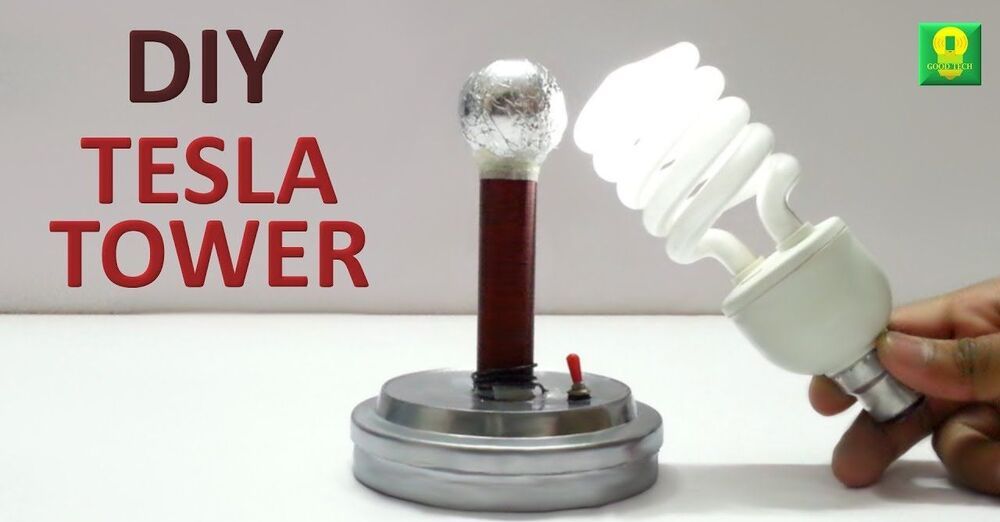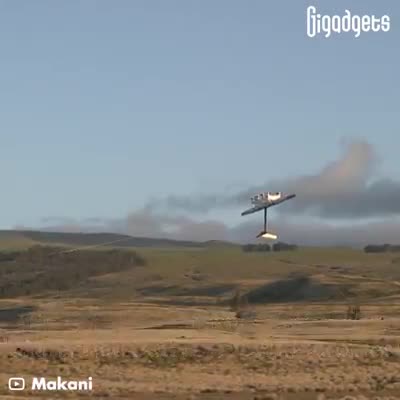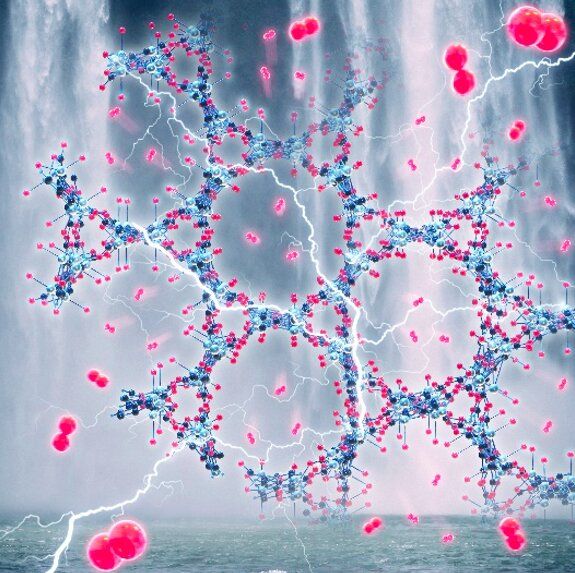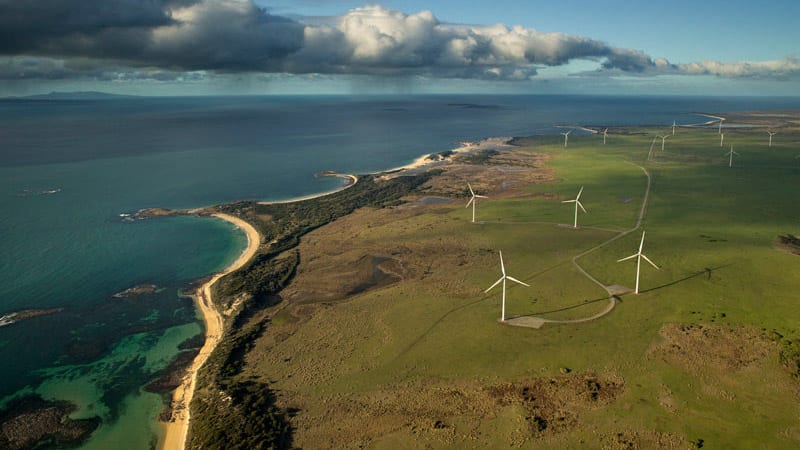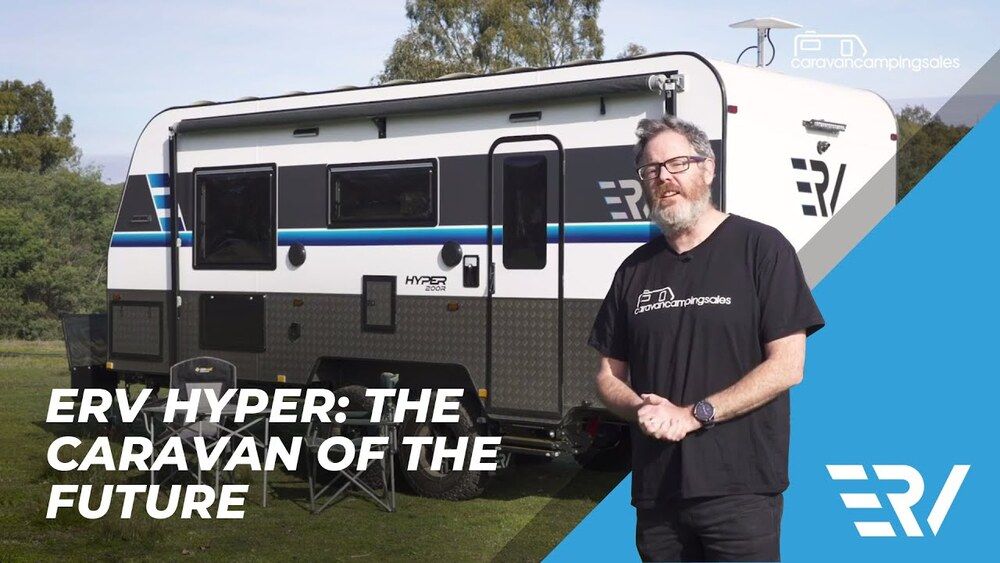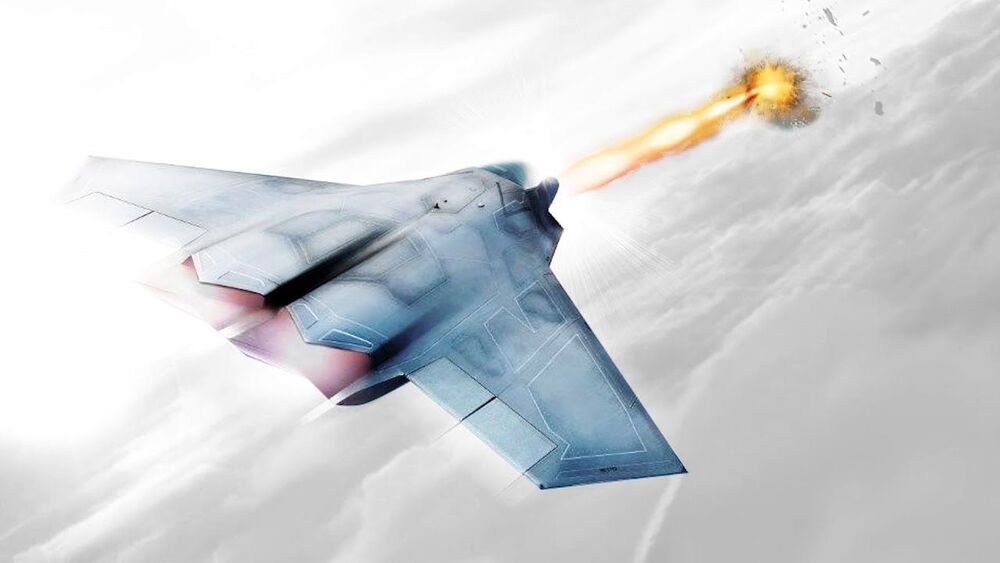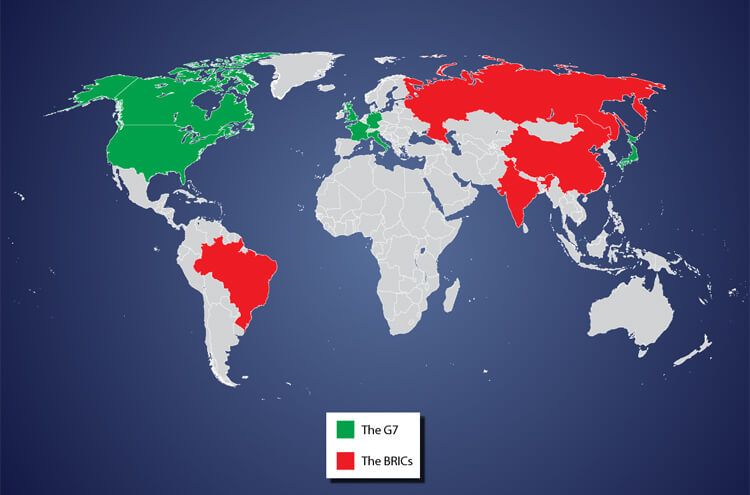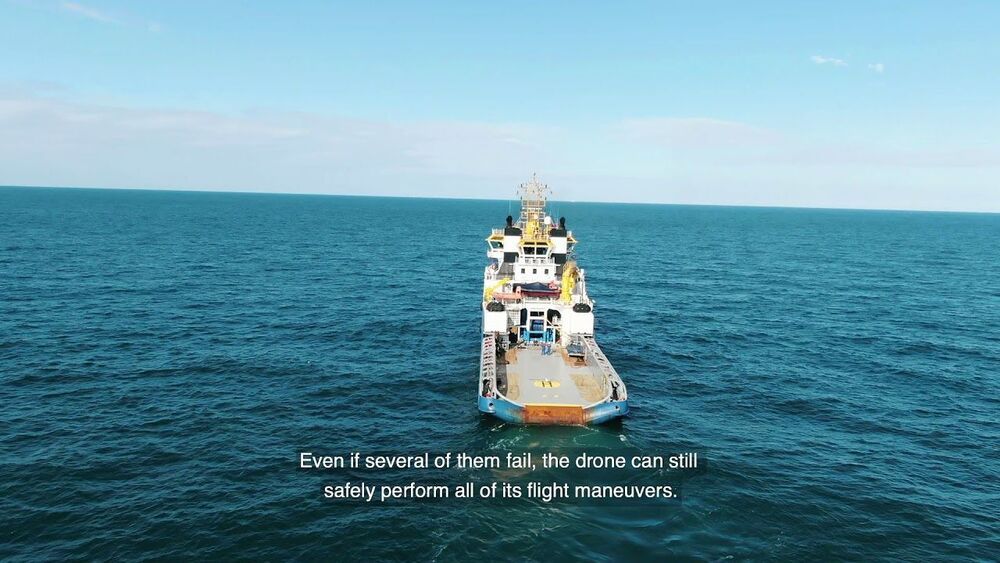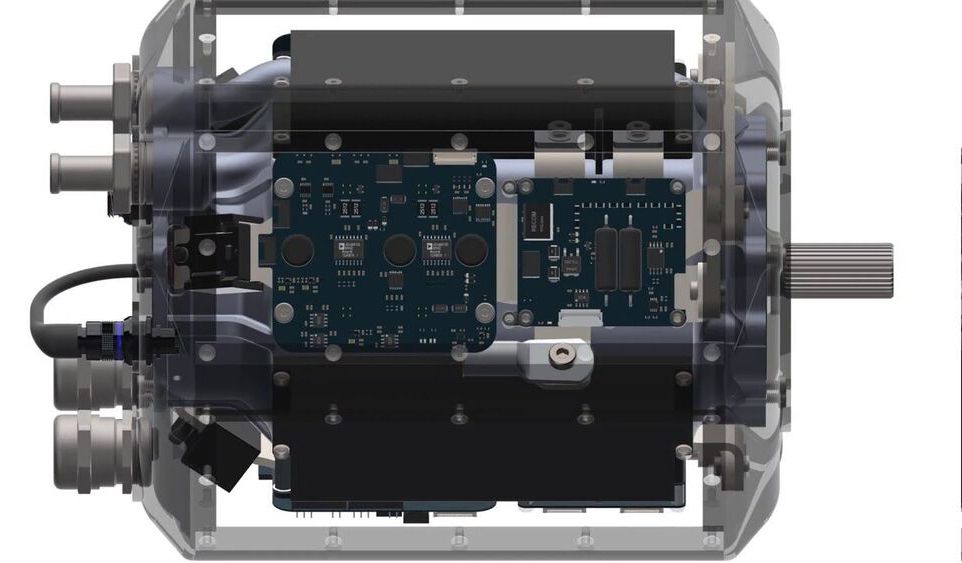Transmit Electricity wirelessly and surprise everyone. Make your own Tesla tower to transmit power wireless. The tower uses a tesla coil that is based on the concept of Electromagnetic force and resonance to transmit energy.
However, it doesn’t actually transmit electricity, all it does is excite the electrons on the walls of fluorescent or neon lights to make them glow.
For principle of operation and material links visit:
https://www.instructables.com/id/How-to-Make-a-Mini-Tesla-Tower/
✎Subscribe: https://www.youtube.com/Goodtech1?sub_confirmation=1
✎More videos: https://www.youtube.com/Goodtech1/videos.
If you like my videos, support me by visiting my amazon store. You will get all the materials at one place and i will get a small commission for all the purchases done, which will be very helpful in creating new and interesting DIY videos.
Amazon Store — https://amzn.to/2KEfarv.
My Second Channel:
Follow us:
Facebook: https://www.facebook.com/Goodtech1
Instagram: https://www.instagram.com/goodtech_official/
Twitter: https://twitter.com/Goodtech_1
Instructables: http://www.instructables.com/member/Techgenie/instructables.
Google+: https://plus.google.com/+GOODTECHCreativityandScience.
